Search
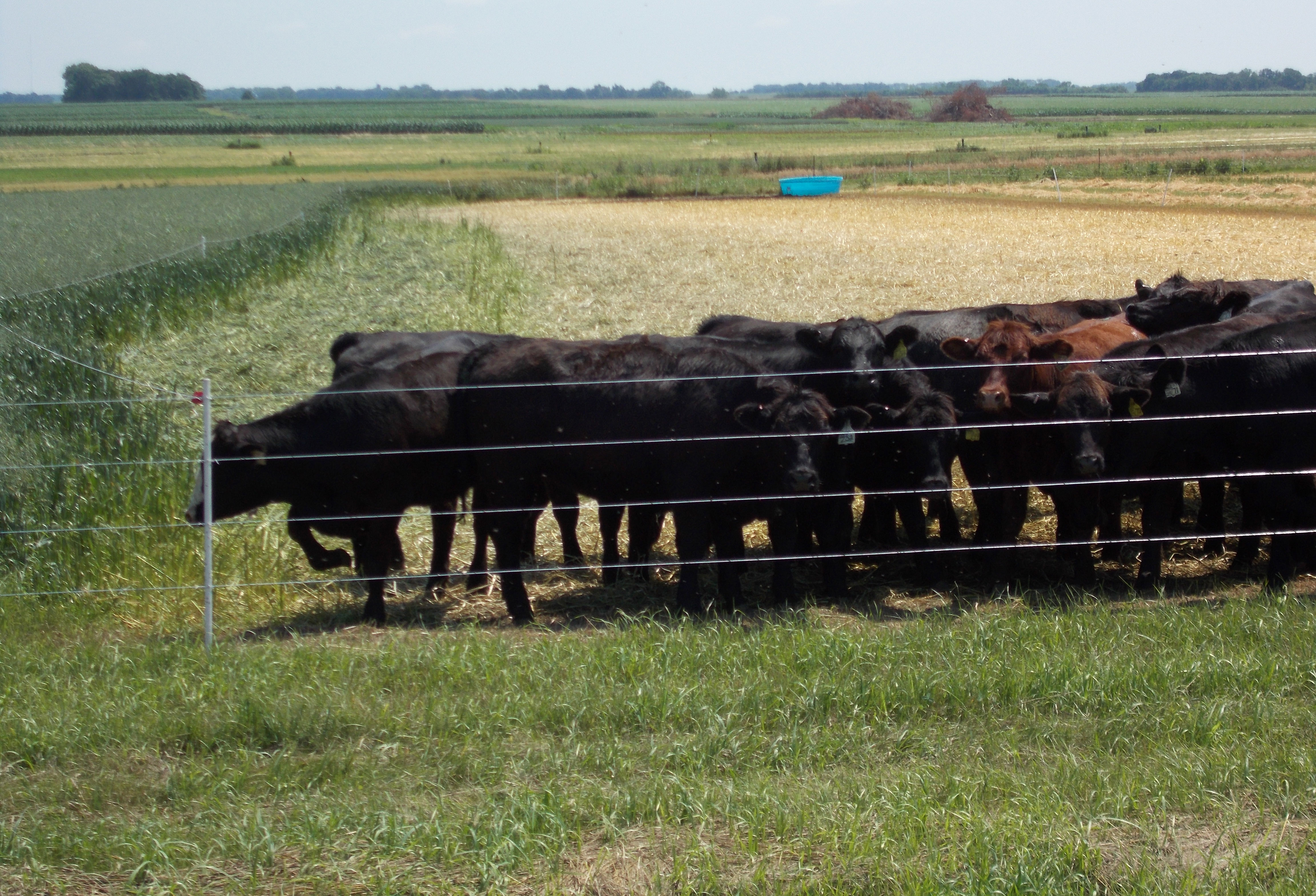
Weaning Calves on Cover Crops
What do we do if it is time to wean calves, but the pen isn’t ready? That can be a real concern during wet fall seasons, such as 2019. Putting calves into muddy pen conditions is far from desirable, but holding calves on the cows deep into fall increases the risk of adverse winter weather and tends to pull body condition off the cows.
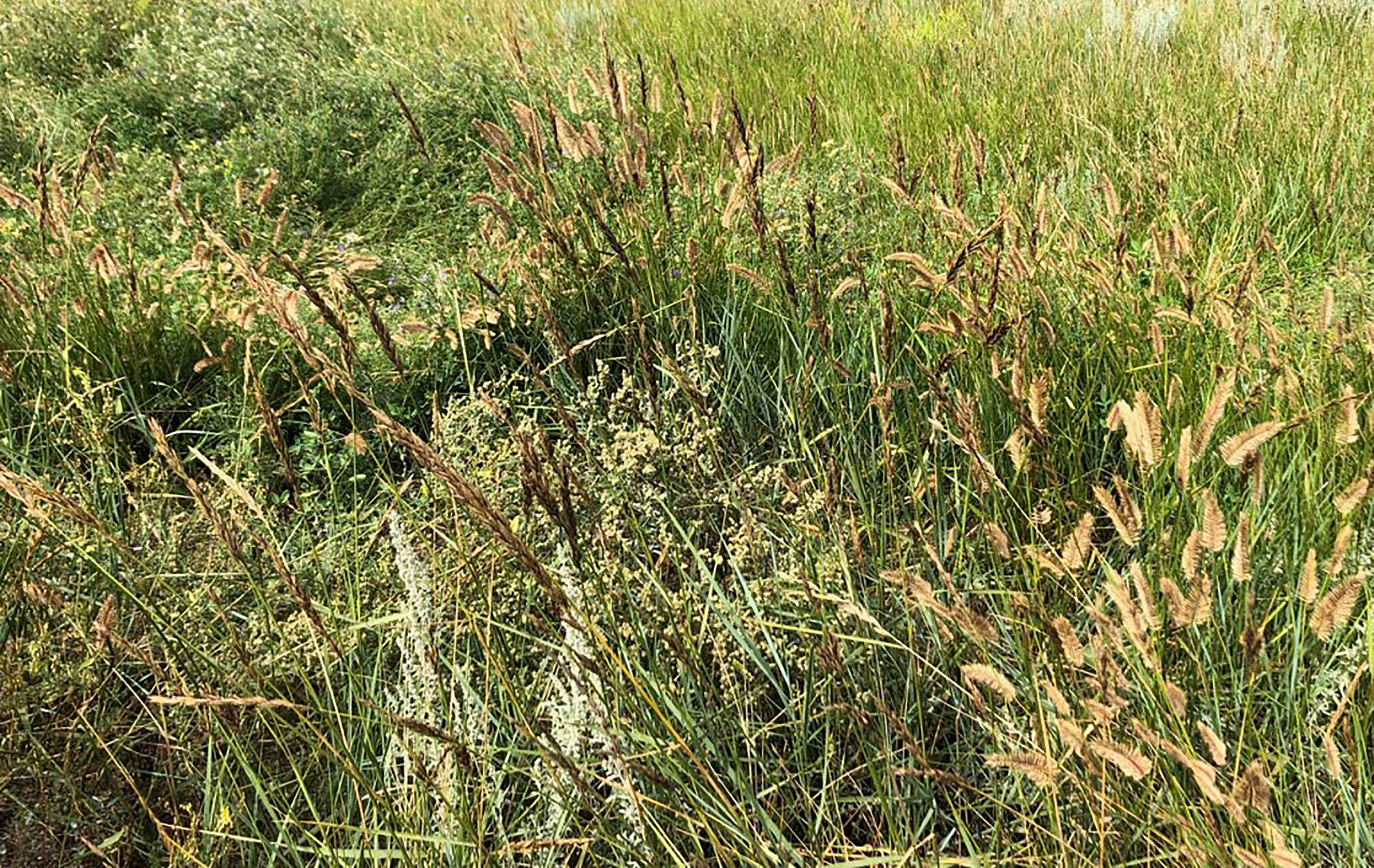
Ergot in Western Wheatgrass and the Potential Effects for Winter Grazing
2019 has been a year fraught with challenges for ranchers across South Dakota. Abundant precipitation is usually a blessing, however, wet conditions coupled with a cool spring followed by warmer temperatures has caused another problem across the rangelands of South Dakota: ergot poisoning.
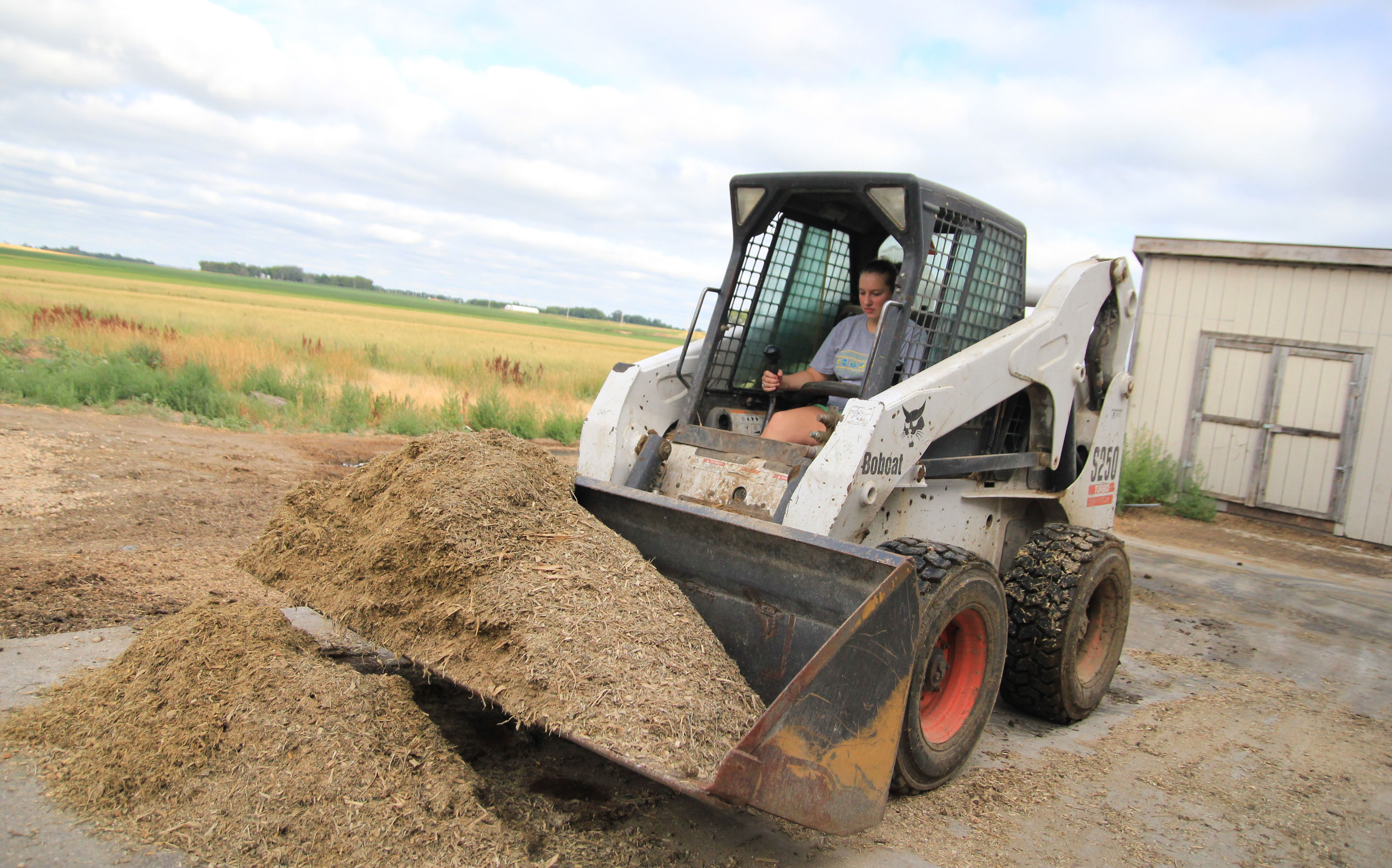
Skid-Steer Safety: Are You and Your Employees Practicing It?
One piece of machinery used daily on many farms, especially dairies and acreages, is a skid-steer. Owners and employees need to be aware of the correct operating procedures for this equipment and make sure that all who are operating the skid-steer have had adequate training in its operation.
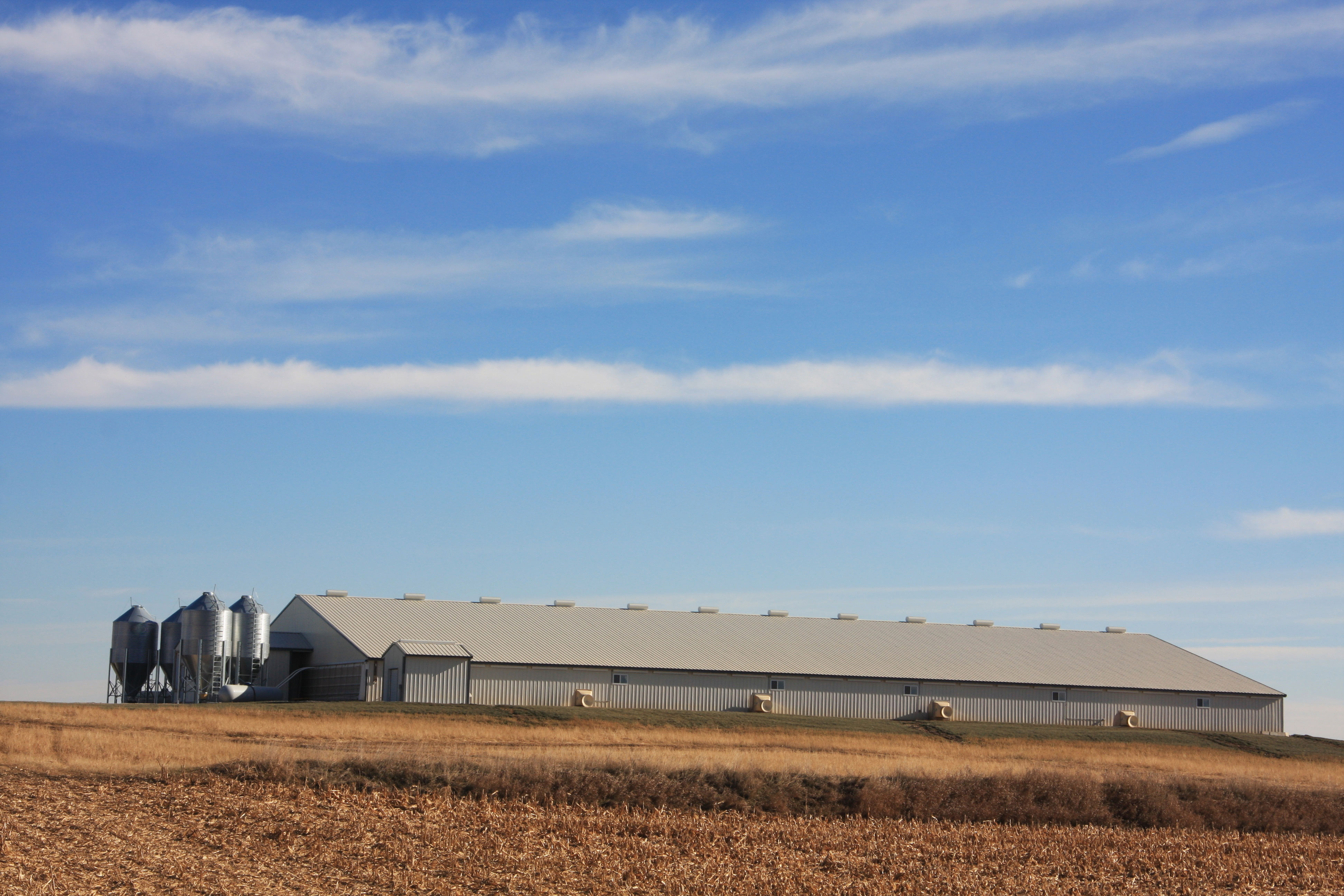
Pork Producers and the One Health Movement: Actions at the State Level
The term “One Health” has been coined to describe the concept that the health of people, animals and their environment are inextricably linked. The most commonly considered examples of One Health in practice are zoonotic diseases. For pork producers, influenza strains that originate in pigs, but pass to people are a pertinent example.
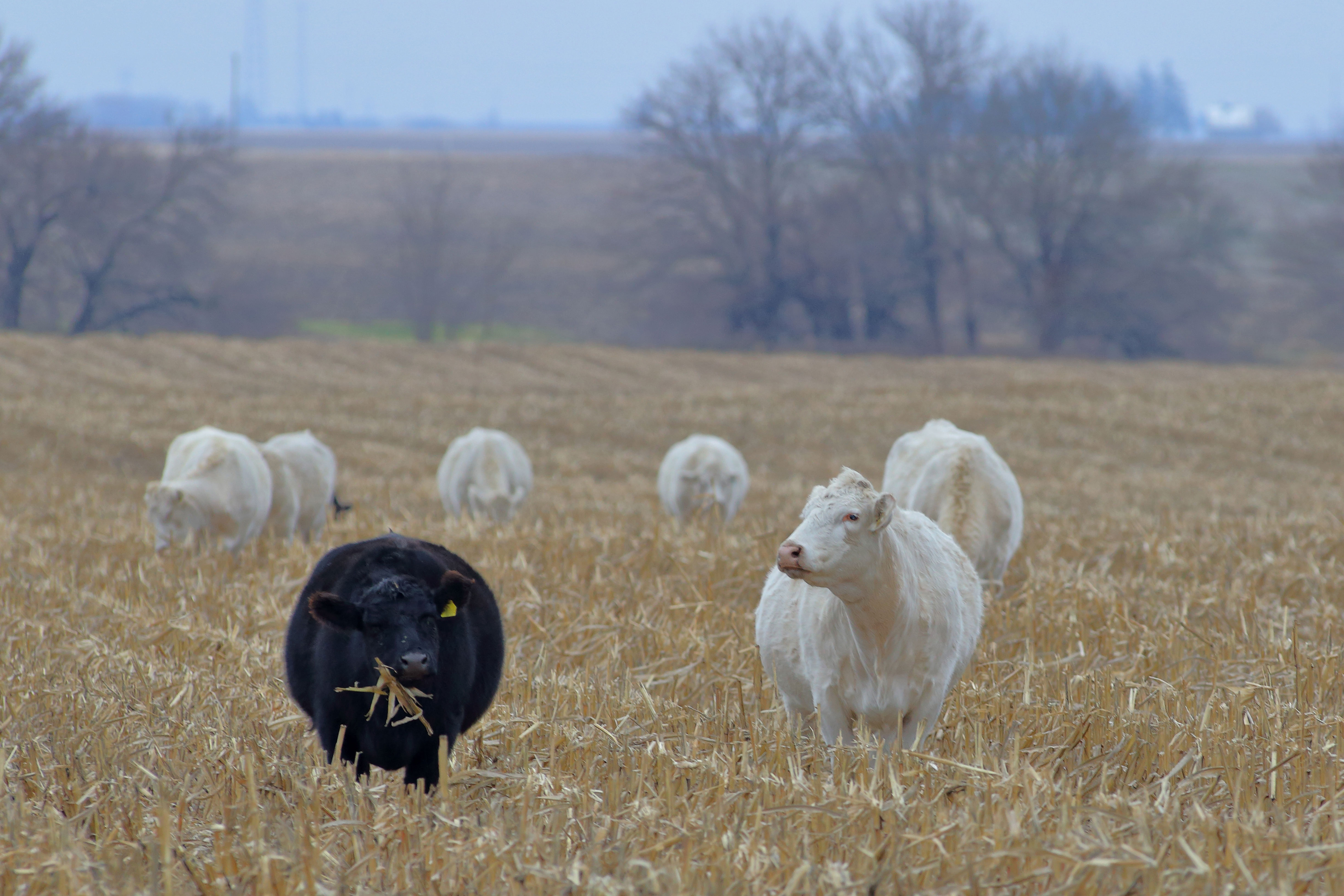
Farm Practices That Improve Soil Health: Integrated Crop-Livestock Systems
An integrated crop-livestock system can provide an alternative management strategy that benefits producer’s income, soil health, and the environment—all while increasing production.
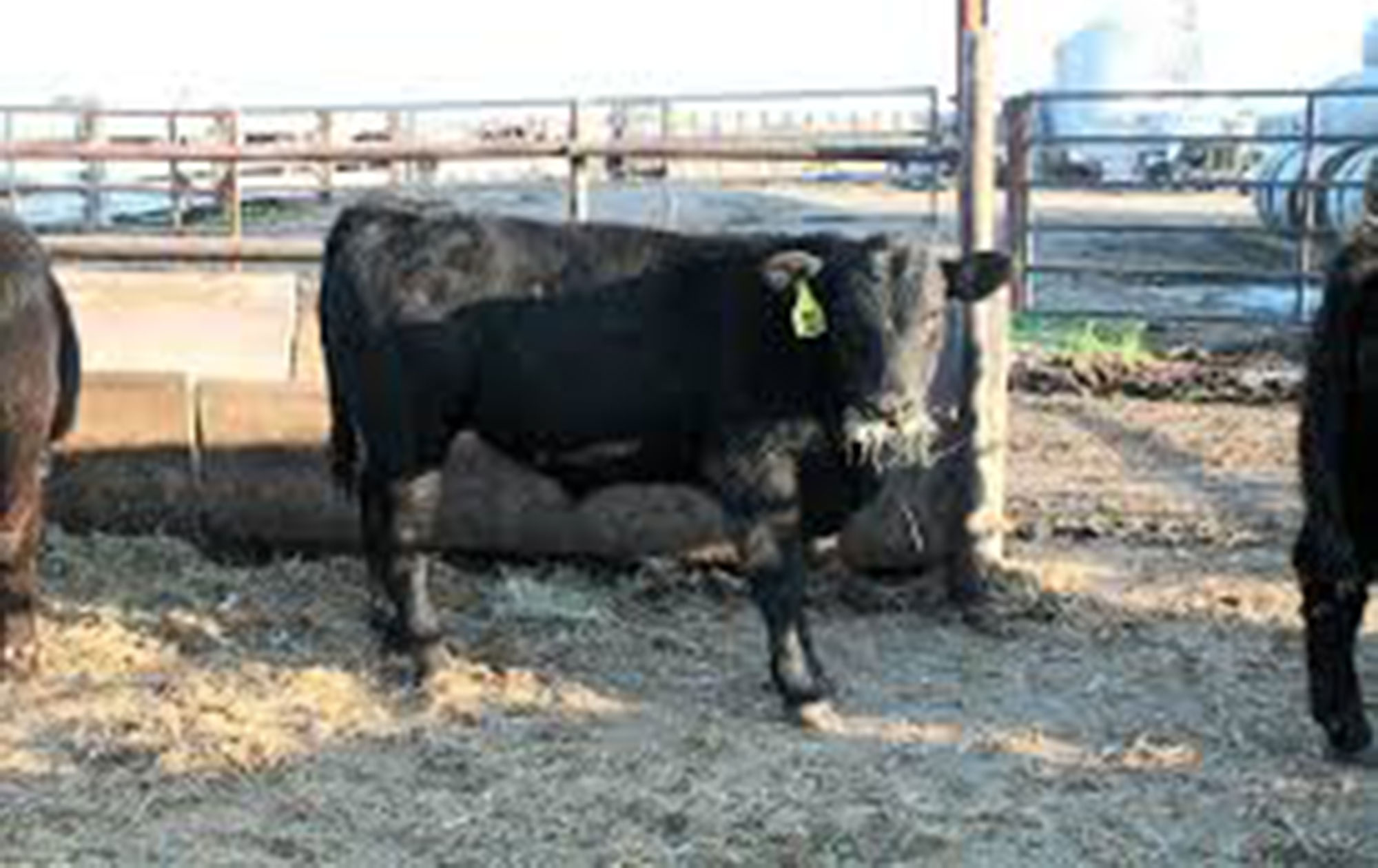
Choosing Beef Genetics for Use in Dairy Herds
Combinations of new technologies and economic challenges often usher in sweeping changes and opportunities. The use of beef genetics on dairy cows is the most-recent example.
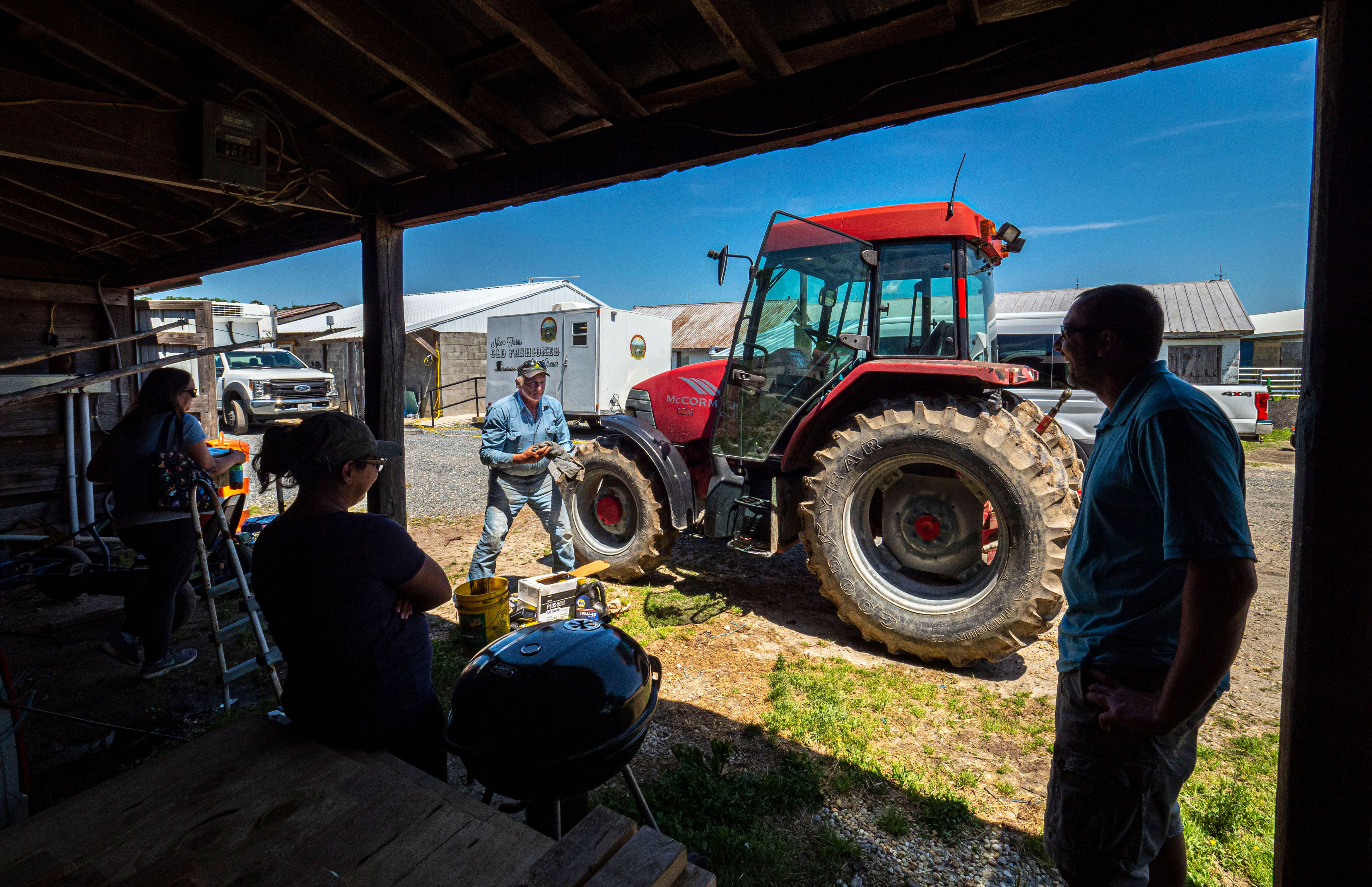
Employee Turnover: It Is Important in Agriculture Also
Lots of conversations in agriculture lately focuses around labor or the lack of a labor pool of employees. This is the case not only for dairy farms, but also within the entire agriculture industry.
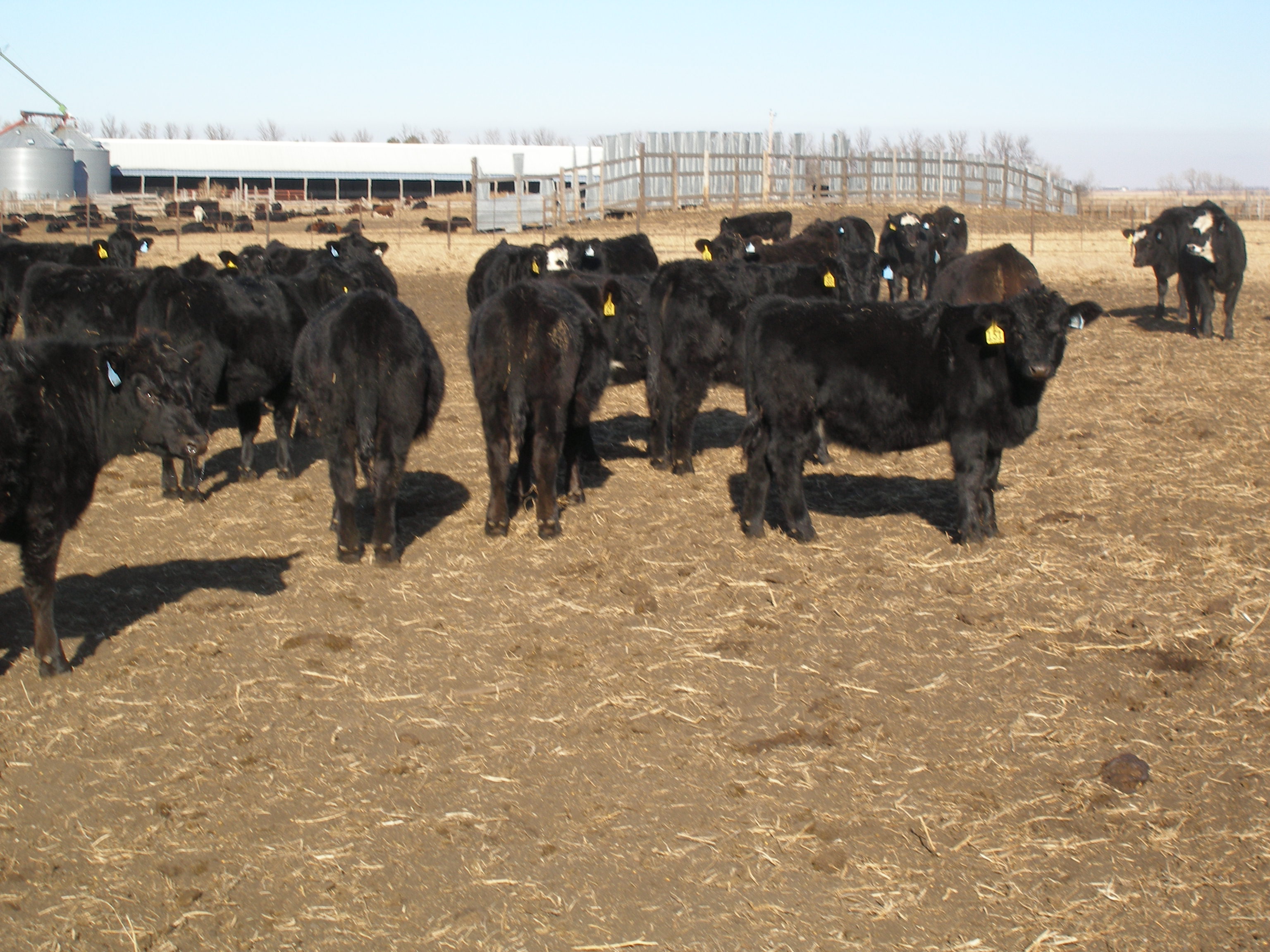
Choosing the Right Custom Feeding Partner
Custom cattle feeding can be a “win-win” strategy when done correctly. Feeding someone else’s cattle provides a method to market feedstuffs without tying up the capital required to own the livestock.
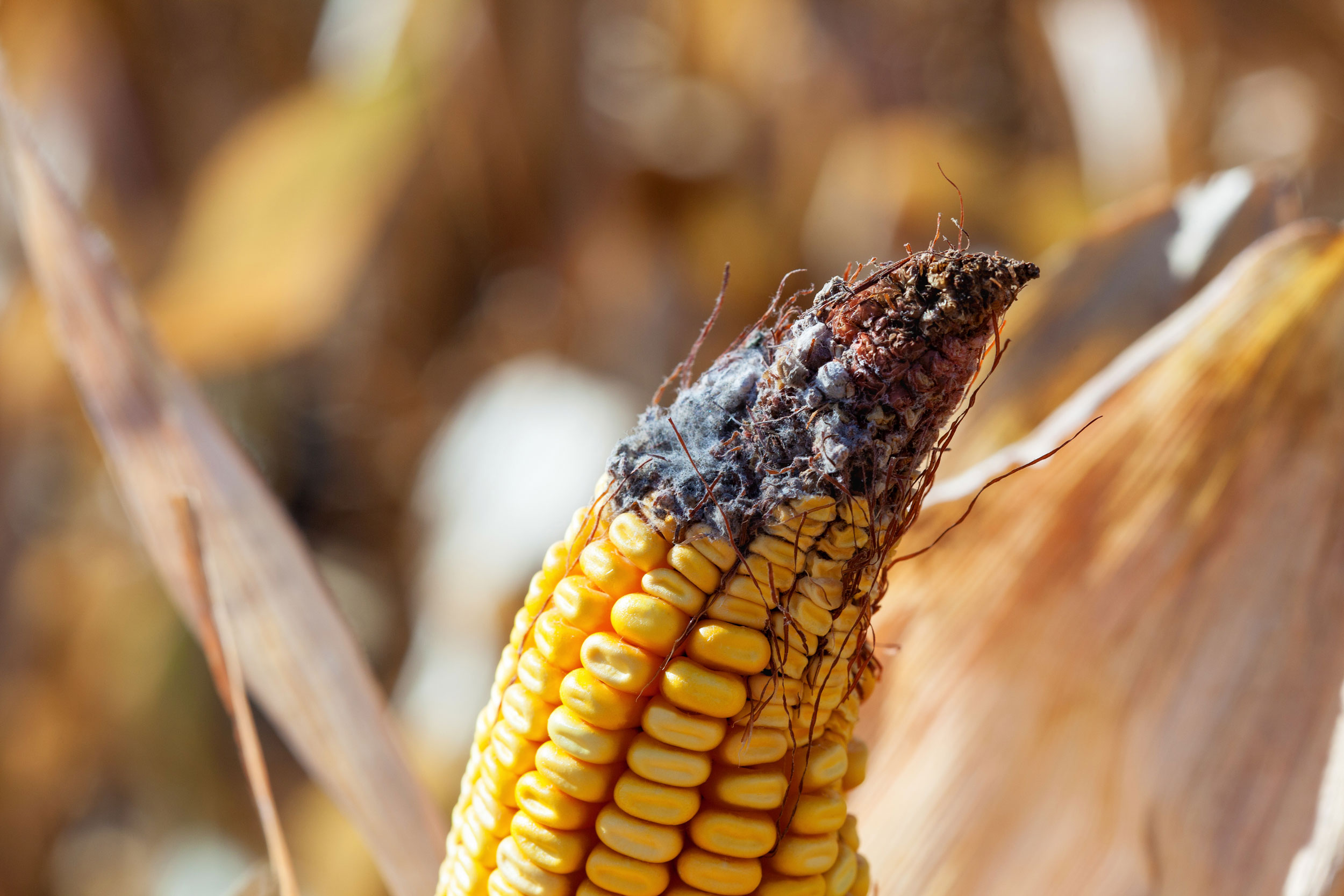
Can Livestock Utilize Moldy Grain?
While livestock producers know that moldy grain and forage are not ideal feedstuffs, they also know that stored feed occasionally contains a small amount of visible mold, and that their animals consume it with no obvious adverse effects. The question arises, how much mold is too much for a feed to be unsuitable for animals?
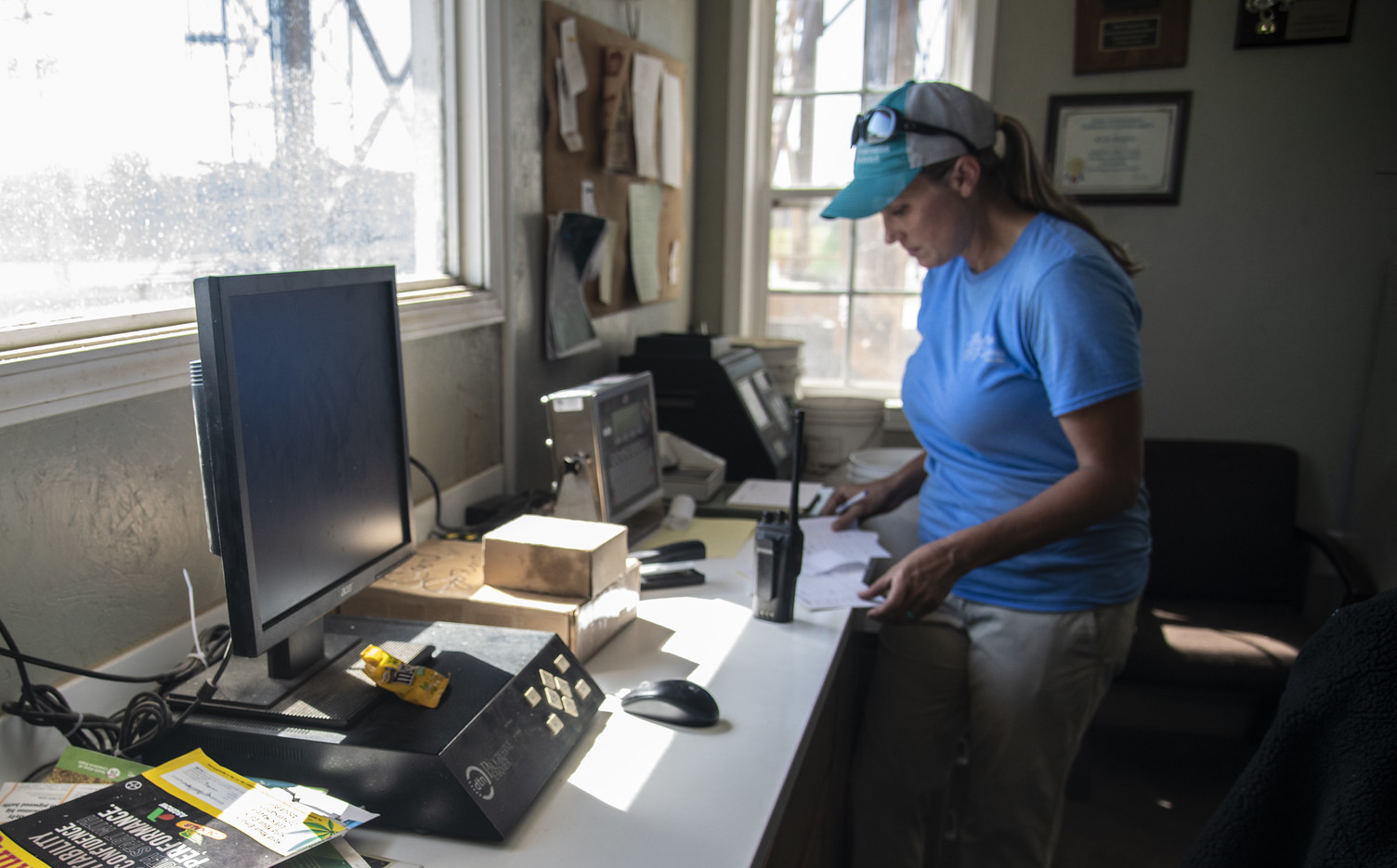
Social Distancing for Livestock Producers
Living in rural South Dakota, we have an advantage of social distancing ourselves from others. However, there are normal activities we are used to doing that will need to be adjusted for everyone’s safety this year. As you plan your spring livestock work, here are some things to keep in mind and practice for your own safety and the safety of your community members.